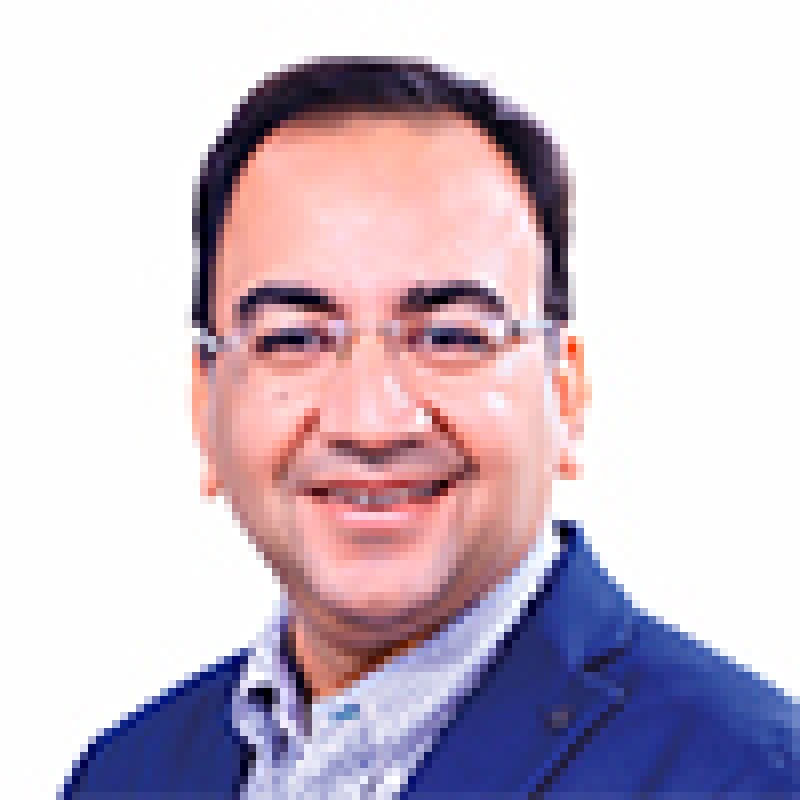India, as a member of the World Trade Organization and signatory to the Agreement on Trade-Related Aspects of Intellectual Property Rights (TRIPS) is obliged to align its intellectual property rights laws with the TRIPS agreement. The challenge comes not only from creating the laws but also their implementation considering the Indian government has to strike a balance between the needs of the country's citizens and the rights of patent holders. The issue has become all the more sensitive considering a bulk of patent applications in India are filed by foreign companies. As an example, the data provided by the Indian IP office in its annual report of 2017-2018 shows the applications filed by foreign applicants were more than double (32,304) compared to those by Indian residents (15,550).
In the last five years, the current government, led by Prime Minister Narendra Modi, has striven hard to bring about perceptible change in the IP landscape. Starting with rolling out National Intellectual Property Rights policy and establishing a Cell for IPR Promotion and Management (CIPAM) to work towards accomplishing IP policy objectives. In addition to clear backlog of patent and trademark applications, the government has undertaken a massive digitisation exercise, recruiting a large number of examiners leading to an exponential increase in the examination and grant of patents. To encourage start-ups to seek protection of their IP and to file patent applications, facilitators have been appointed. Despite government efforts, multinational corporations continue to push for better protection of their IP. The expectations appear to be summarised in a Special 301 Report issued by The Office of the United States Trade Representative (USTR) putting India on the "priority watch list". The report mentions "Over the past year, India took steps to address intellectual property (IP) challenges and promote IP protection and enforcement. However, many of the actions have not yet translated into concrete benefits for innovators and creators, and long-standing deficiencies persist. India remains one of the world's most challenging major economies with respect to protection and enforcement of IP".
The post identifies a few of the challenges and recent positive changes seen in the protection and the enforcement of patents.
Challenges in protection/ grant of patent rights in India
Apart from the global patentability requirements for inventions to have novelty, inventive step and industrial applicability, the Indian patent act has specific provisions, covered under Section 3, that makes the patentability of an invention relating to subject matter such as a) derivatives of a pharmaceutical drug; b) patentability of stem cells; c) diagnostic methods and kits; d) isolated DNA sequences; e) computer-related inventions etc. non-patentable subject matter. As a result, these inventions face a higher threshold of examination and scrutiny. Though guidelines in relation to the patentability of software, biotech inventions and pharmaceutical inventions have been issued by the Indian Patent Office, the practical challenges outlined below continue to be faced by patent holders.
a) Computer-related inventions
Section 3(k) bars patentability of computer programs per se or algorithms. This objection exists as default for all computer-related inventions. The decision in such cases is not consistent with different controllers (at the patent office) forming their own views in terms of the requirement of hardware and if it must meet the patentability criteria.
b) Patentability of derivatives of pharmaceutical substances
Section 3(d) restricts patentability of derivative/s of a pharmaceutical compound. A derivative has to show significant difference in therapeutic efficacy with respect to the parent compound for overcoming the barrier of Section 3(d). Based on the explanations and decisions of the courts, the Section 3(d) objection should theoretically be raised only for derivatives of pharmaceutical substances. However, the objection is invariably raised for all applications relating to pharmaceutical drugs even in the case of innovator compounds.
c) Patentability in the life sciences/ biotechnology sector
The life sciences sector faces hurdles in terms of patentability of in-vitro diagnostic methods and kits because they fall within the category of diagnostic/treatment methods. Further, isolated DNA sequences are also the subject of objections for not satisfying the novelty requirement. Thus, the patentee in such cases faces problems in convincing the controller of the patentability of the subject matter.
Positive developments
The Annual Report (2017-2018) issued by the Indian Patent Office highlights:
a) increase of 5.3% in filing as compared to the previous year;
b) increase in examination rate by 108.2%;
c) number of patents granted increased by 32.5%;
d) domestic filing of patent applications increased to 32.5% as compared to 29.2% in 2016-17.
Challenges in enforcement of patent rights in India
Patent rights in India can be enforced through civil courts. However, there are no special IP courts set up to deal with cases.
a) Backlog and time for final decision
The basic challenge in the enforcement of patent rights is the time it takes for the court to make a final decision. A patent lawsuit ordinarily takes approximately five to seven years to be finally decided after trial, if contested by the other party. The Commercial Courts Act is helping to speed up the process with case management hearings and time bound trials. However, the backlog of cases at the court and shortage of judicial officers have an impact on the time it takes for a final decision on a case.
b) Subject matter experts
Section 115 of the Indian Patent Act provides for appointment of a scientific advisor to assist the courts in providing opinions on technical aspects of a matter. The provision has not been frequently made use of by the courts. The appointment of a technical expert in patent infringement suits will not only help to improve the quality of the decision but also reduce the time period for final decision.
Positive developments
i) Recent shifts in judicial thinking suggest that courts have started granting interim injunctions for patent matters. This was not common in the past, with courts taking the view that patent matters involve complexity and thus require full trial. In Sterlite Technologies v ZTT India Private (CS [COMM] 314/2019, IA No. 8386/2019, IA No. 8389/2019 & IA No. 8390/2019), decided on May 31 2019, the court considered interim orders in patent infringement suits as the "need of the hour" and granted the injunction in this case. The court observed: "the life of a patent is limited and further considering the time taken in determination, whether there is infringement of patent, non grant of interim injunction often results in, the defendant, even if ultimately found to have infringed the patent, till the said determination, continuing to reap fruits of infringement."
ii) An interim injunction was granted to the plaintiff on the basis that the defendants were yet to launch the product. This was noted particularly by the Delhi High Court in Bristol-Myers Squibb & Ors v Mr JD Joshi & Anr (IA No. 15720/2009 in CS[OS] No. 2303/2009 and IA No. 5910/2013 in CS[OS] No. 679/2013) in June 2015. The court observed: "The defendants have not launched the product in the market, no loss or irreparable harm will be caused to BDR Lifesciences Private Limited if they are restrained from doing activities that they have not yet commenced.
To sum up as India strives to become USD 5 trillion economy by 2024-25, innovation will play a key role. The Indian government must work to address the procedural and substantive challenges faced by IP holders.

|

|
Ranjan Narula |
Suvarna Pandey |










